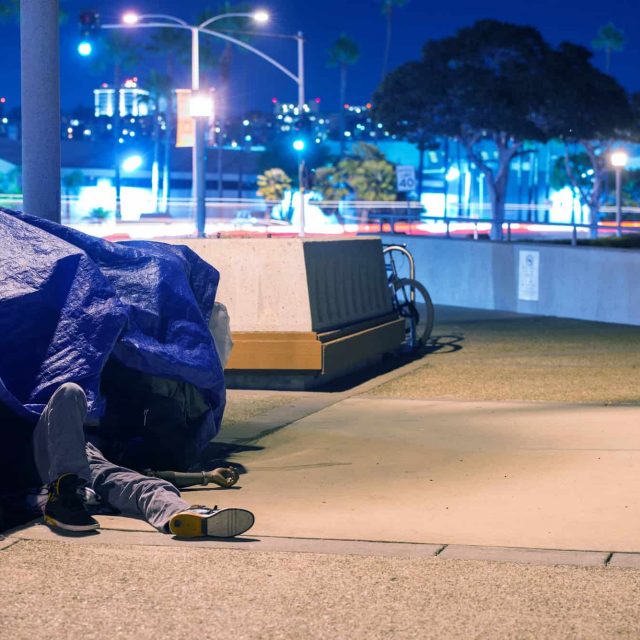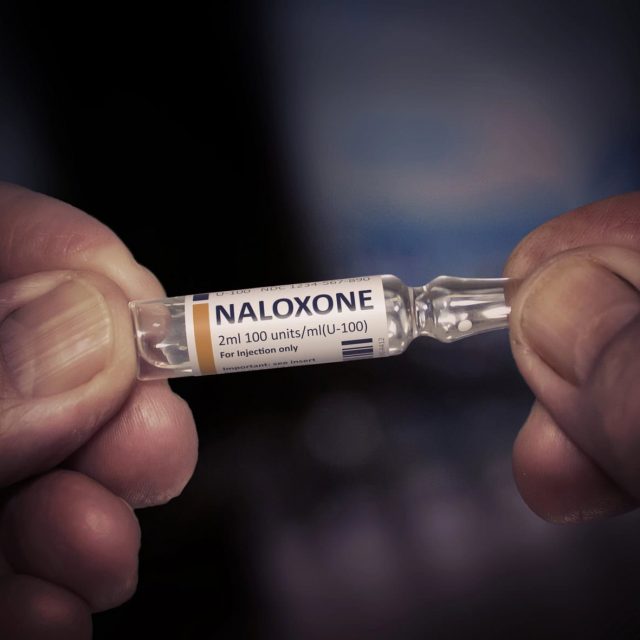California’s Faulty Drug Tests May Have Denied Freedom to People in Recovery

People working to overcome addiction while incarcerated already face enormous challenges. In California, many were recently dealt another blow: they may have been denied parole based on faulty drug test […]
San Diego’s Prop 36 Yields Arrests But Not Much Treatment

Prop 36, also known as the “Homelessness, Drug Addiction, and Theft Reduction Act,” passed by California voters in 2024, has been in effect for several months. With the new law, […]
California Manufactures Naloxone, Expanding Access

On April 21, 2025, California Governor Gavin Newsom announced a major step in the fight against the opioid crisis: the state will now provide CalRx-branded naloxone for free to all […]
Family Involvement and California Sober Living Homes

Sober living homes in California provide a critical bridge between formal addiction treatment and independent living. They can offer structure, support, and a place to lay your head at night […]
How To Know If A Sober Living Home Is Safe

The safety of a sober living house is vital for people in recovery, especially those seeking a supportive and safe environment. California sober living homes provide a substance-free living space […]
Hidden Advantages of Sober Home Living in San Diego

Have you ever considered living in sober housing? Sober home living is an important step for many people on the recovery journey. Ideally, a sober home strikes a balance between […]
Carfentanil in San Diego? Get the Facts

San Diego has been flooded with drugs, especially fentanyl, in recent years. Addiction has seemingly left no corner of the world untouched. As carfentanil, fentanyl’s even more dangerous cousin, makes […]
San Diego’s Kaiser Mental Health Workers On Strike

Mental health care workers at Kaiser Permanente returned to the picket lines this week at multiple Southern California medical centers, including one in San Diego, as their dispute with management […]
How San Diego’s Amazing Transportation Supports 12-Step Recovery

San Diego is a great city, known for its beautiful coastline, vibrant culture, and supportive community. Many people in recovery will discuss how it’s a great place to get sober. […]
San Diego Sees Hope in Overdose Death Decline

For International Overdose Awareness Day on August 31, the San Diego County Administration Center lit up a beautiful purple, a sad reminder of the ongoing crisis and the lives lost […]
San Diego County Ready to Use Expanded Conservatorship Law for Addiction

In 2023, Governor Gavin Newsom signed Senate Bill 43, granting counties a two-year period to adopt an updated conservatorship law aimed at addressing addiction and mental health issues among the […]
The Benefits Of Living In The San Diego Recovery Community

The San Diego recovery community offers a plethora of benefits to individuals seeking to overcome substance abuse and addiction. One of the primary advantages is the extensive support network available, […]
